Understanding the Role of Oya Statues in Rituals
Oya statues hold a significant place in various spiritual rituals, especially for those who follow the Yoruba religion. These statues are more than just artistic sculptures; they represent the powerful Orisha, Oya, who governs winds, storms, and transformation. This blog explores the symbolic significance, historical background, and the prominent role these statues play in rituals.
The Symbolic Significance of Oya Statues
Oya statues are rich in symbolism, representing the fierce and transformative energies of the Orisha. They are often depicted with symbols associated with winds and storms, reflecting Oya’s control over natural elements and her ability to bring about change. As an Orisha, Oya is revered for her role as a warrior spirit and is seen as a force for progress and change. The statues often capture this aspect by showcasing dynamic, swirling designs that symbolize movement and transformation.
The artistic representation of Oya in these statues often includes elements that highlight her mastery over fire, chaos, and the fierce winds of change. These elements are not just artistic choices but are imbued with deep cultural meanings that resonate with those engaged in spiritual practices. For devotees, these statues are not only a portrayal of Oya’s physical form but serve as a tangible representation of her divine power, which can be called upon during rituals.
Historical Roots of Oya Worship
The worship of Oya has deep historical roots within the Yoruba religion and its diasporic traditions. The use of statues as a focal point in rituals has evolved over time, symbolizing resistance, resilience, and renewal in face of adversity. During the transatlantic slave trade, Oya was seen as a symbol of strength and survival, resonating particularly with those who struggled for freedom and identity in new lands.
Tracing back through history, Oya worship can be linked to ancient practices that celebrated her as a guardian of cemeteries and a keeper of the gates between life and death. The reverence for Oya is deeply embedded in African folklore and stories passed down through generations, which describe her as a defiant and powerful woman who brings transformational grace to her devotees. This historical backdrop sets the stage for the continued reverence and artistic portrayal of Oya in the modern era.
Oya Statues in Ritual Practices
In rituals, Oya statues are placed on altars and serve as a conduit for communication with the divine. Participants seek blessings, protection, and guidance, utilizing the statues to channel prayers and offerings to Oya. The placement of these statues among ritual offerings, such as colorful fabrics and other significant items, is not accidental but is a part of the spiritual choreography designed to invite Oya’s presence and favor.
Devotees often engage in elaborate ceremonies that incorporate music, dance, and chants to honor Oya’s spirit. These rituals are meant to awaken her energy, drawing upon the statue’s symbolic power as they call for assistance in times of need. As such, each Oya statue becomes an integral participant in the ritual, offering devotees a physical reminder of the Orisha’s ever-present influence and guidance in their spiritual journeys.
Given the diverse interpretations of Oya’s characteristics, her statues are also used in a variety of ceremonies that highlight different aspects of her nature. For example, in rituals focused on invoking protection, the statues might be adorned with specific items that are believed to attract Oya’s safeguarding energies, underscoring the dynamic role these statues play in spiritual practices.
Modern Interpretations and Cultural Influence
Today, Oya statues continue to inspire both spiritual practice and artistic expression, reflecting a blend of traditional and contemporary influences. Artists and practitioners reinterpret these statues, ensuring that Oya’s legacy remains vibrant and relevant in modern contexts. These modern interpretations often incorporate elements of popular culture, making them more accessible to younger generations while maintaining respect for traditional iconography.
Moreover, the influence of Oya statues can be seen in the way they permeate broader cultural discussions about identity, heritage, and spirituality. As the world becomes more interconnected, the images of Oya have reached a global audience, sparking interest in African deities and encouraging a deeper exploration of cultural roots. Consequently, these statues are not only artistic expressions but also vehicles for cultural education and awareness.
With a growing number of artists and collectors showcasing Oya statues in galleries and exhibitions, the cultural conversation around these objects has expanded, highlighting their significance beyond spiritual practices. This contemporary interest underscores the enduring legacy of Oya and the ongoing relevance of her statues as a touchstone for both spiritual believers and those intrigued by African art.
Embracing the Spiritual Essence of Oya Statues
In conclusion, Oya statues are not merely decorative pieces but are deeply embedded in spiritual practices and cultural heritage. They serve as a medium through which devotees can connect with the transformative energy of Oya, inviting change and empowerment into their lives. By understanding their role, we gain a deeper appreciation of these rituals and the rich cultural traditions they uphold. To explore more about these fascinating cultural artefacts, visit our homepage.





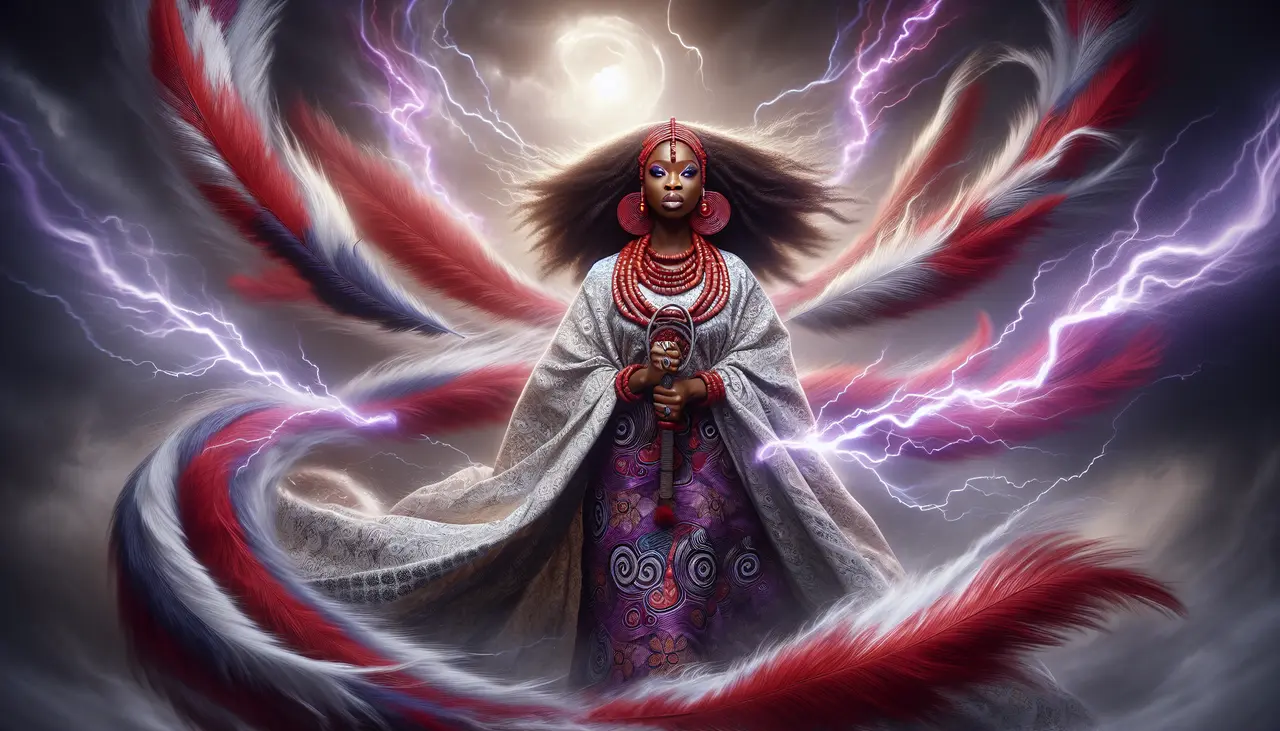
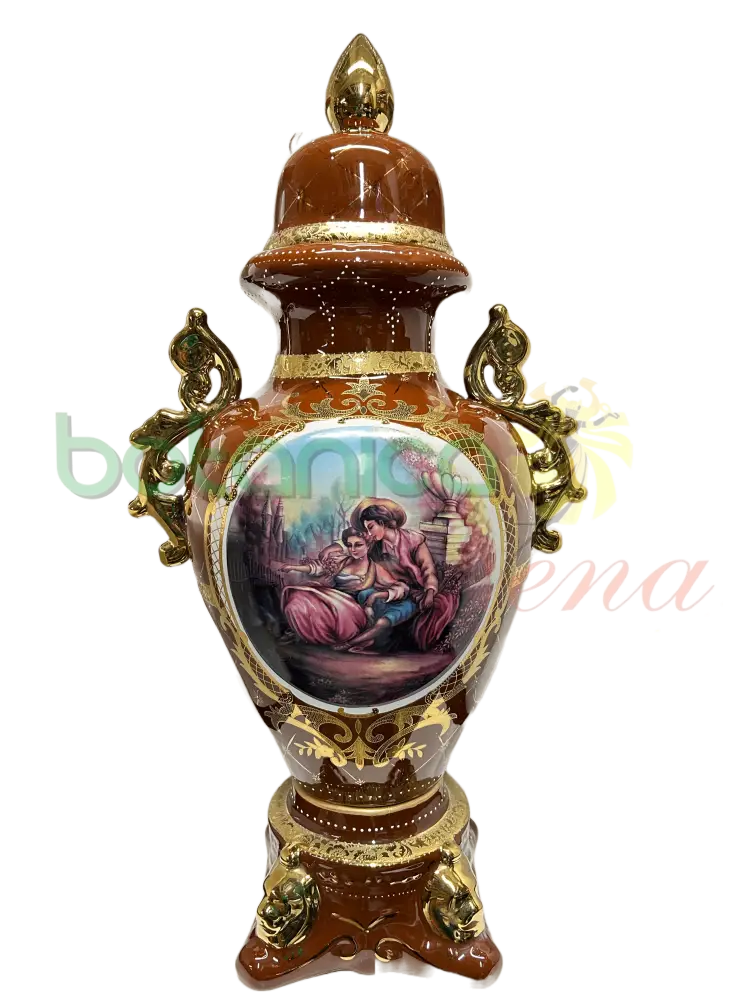


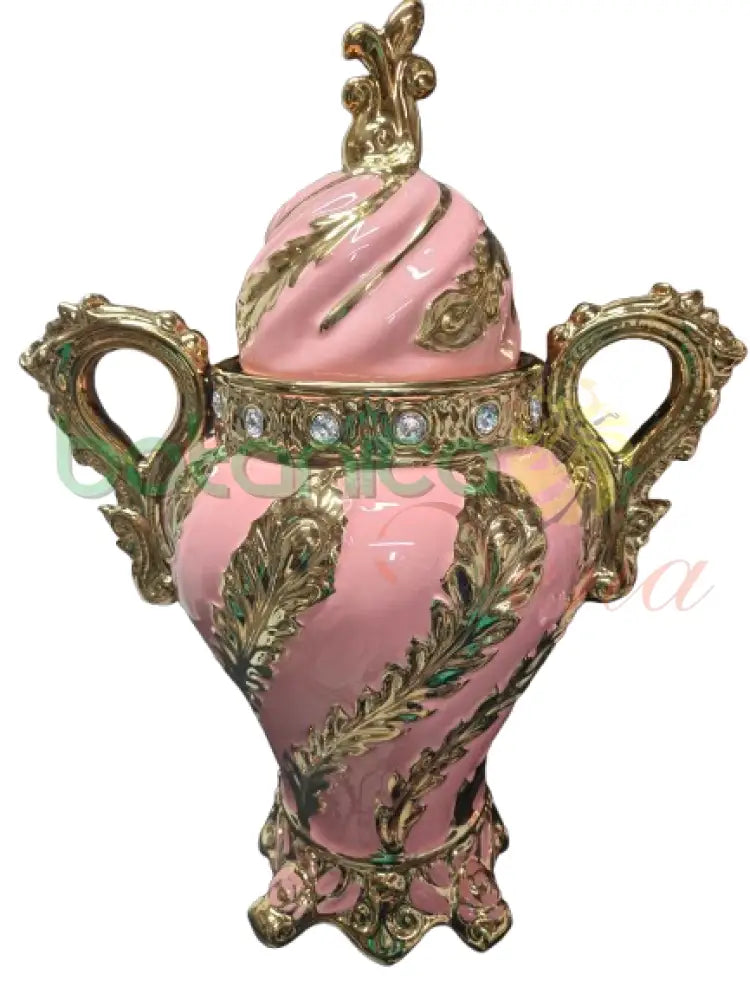
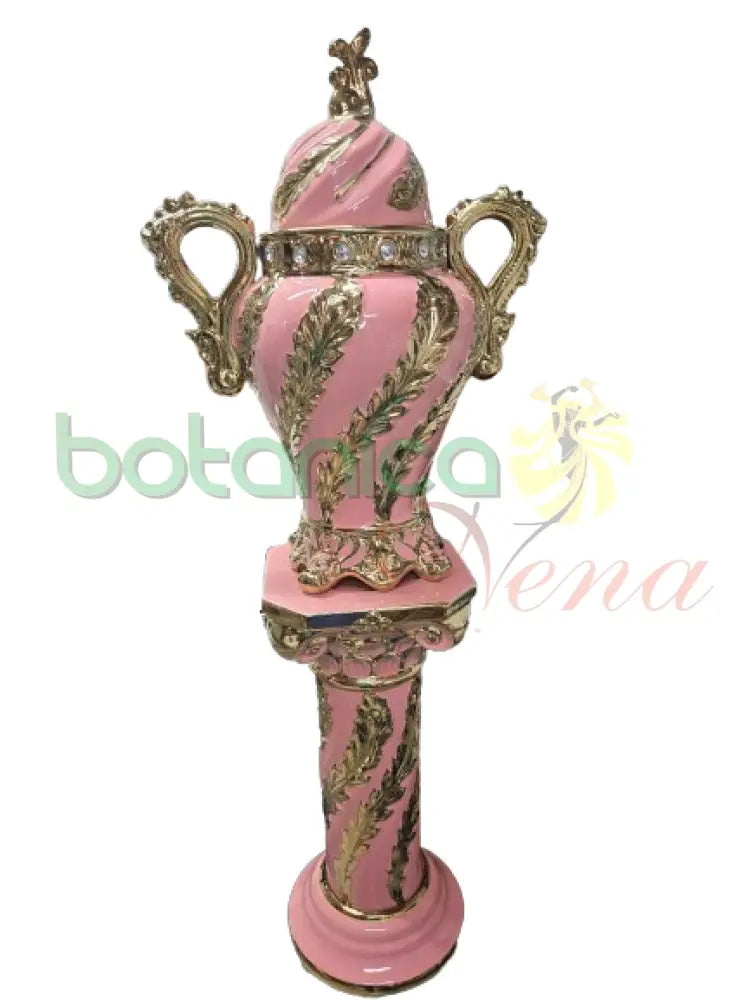
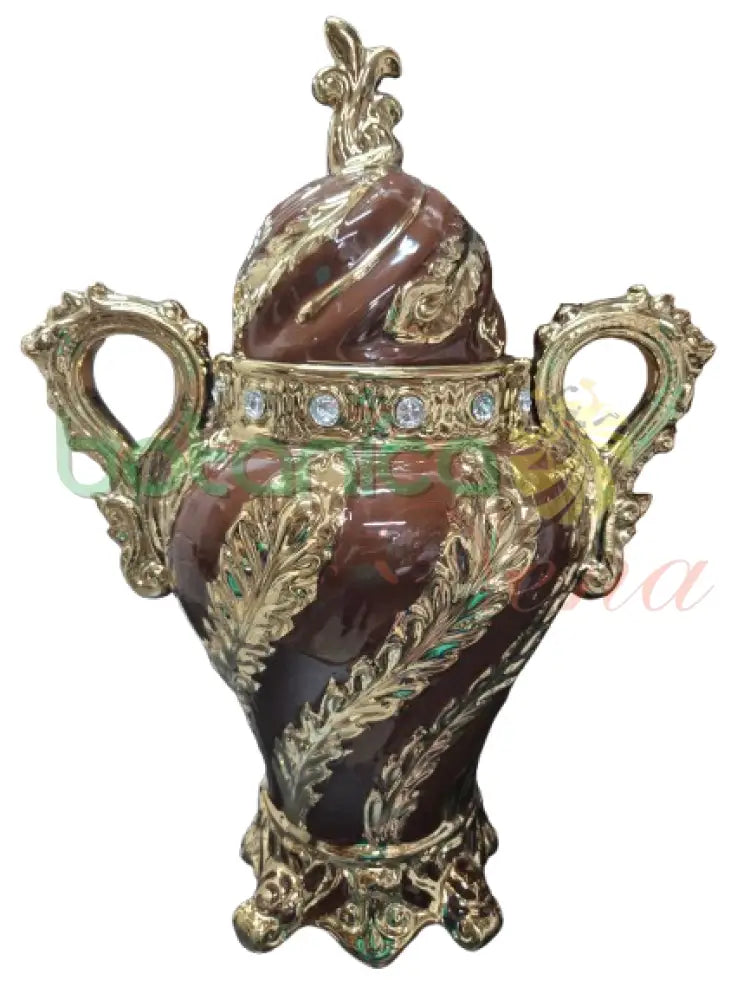
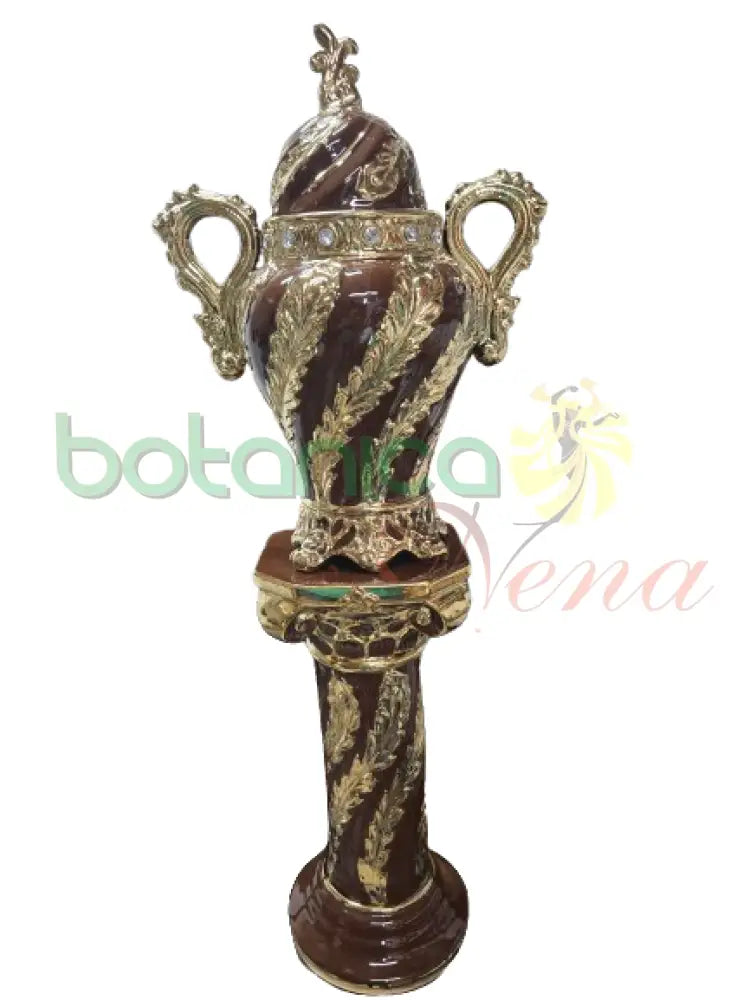
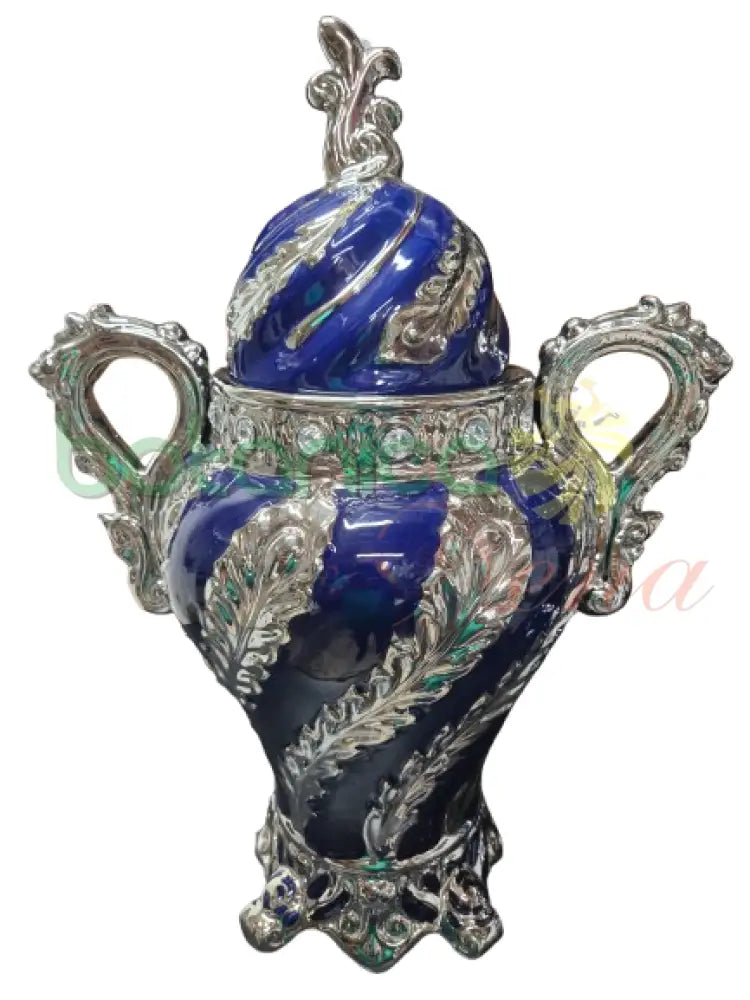
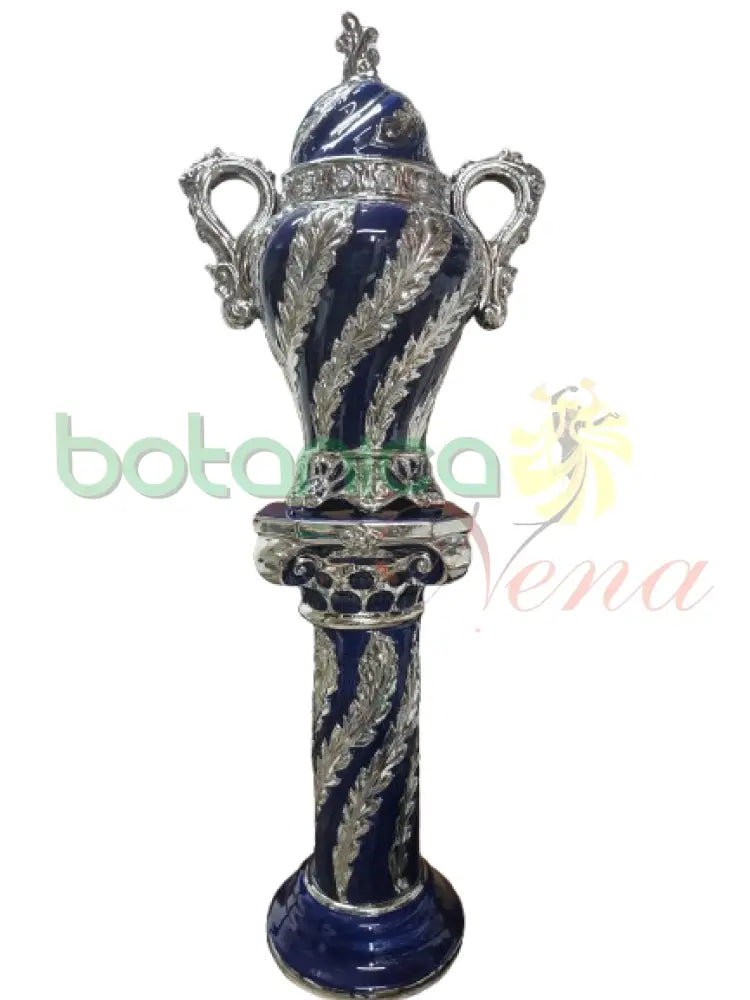
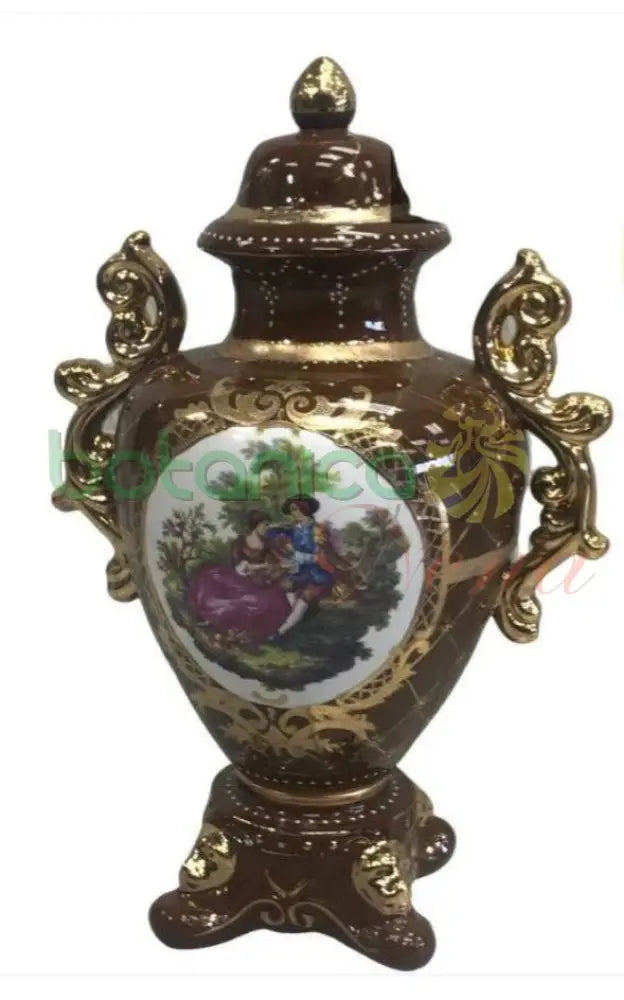
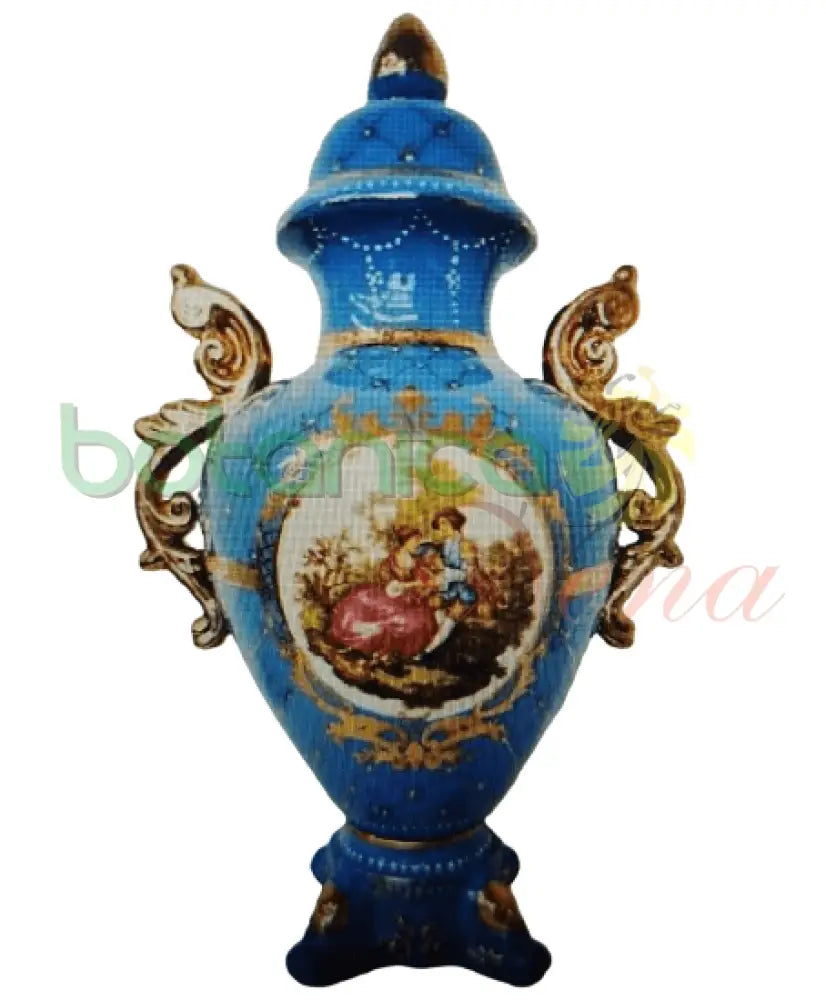
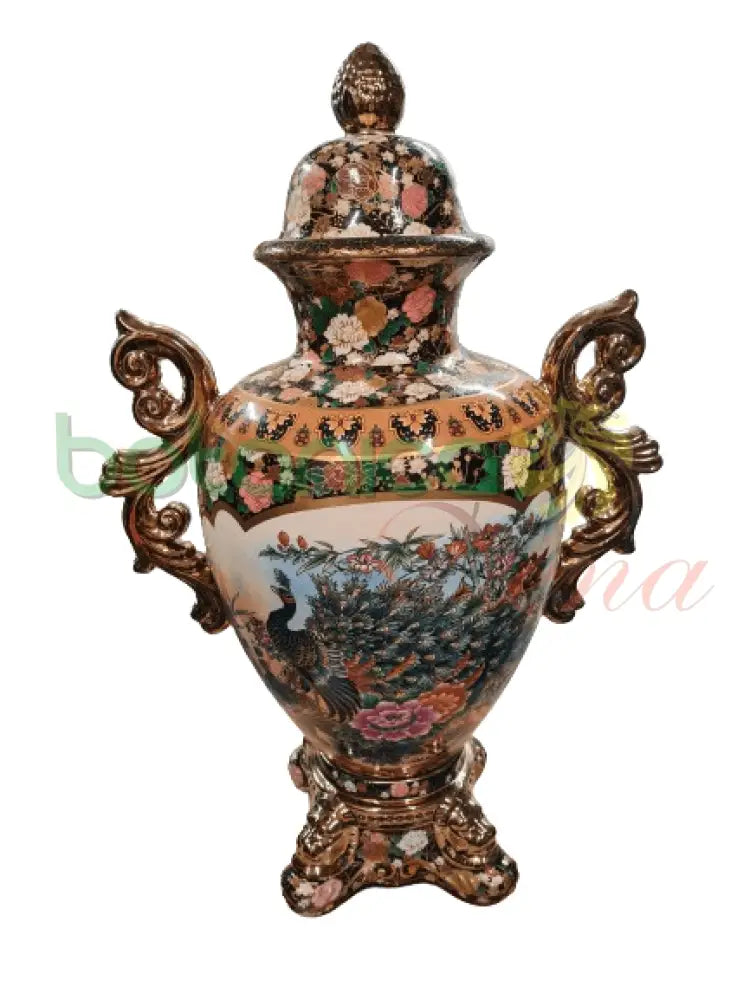
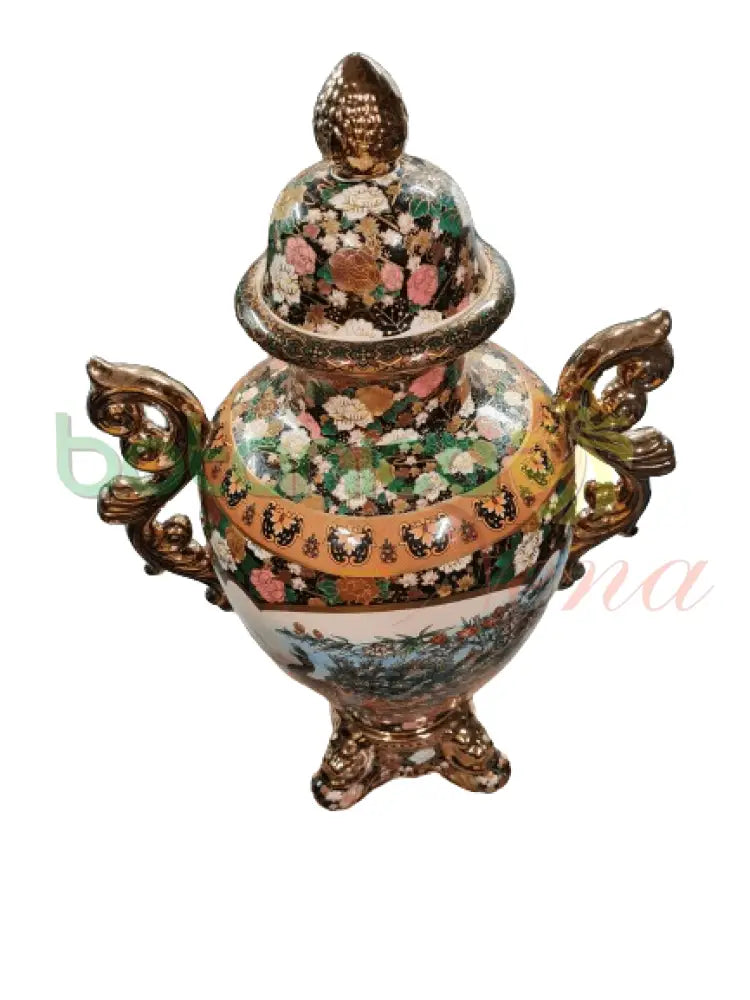
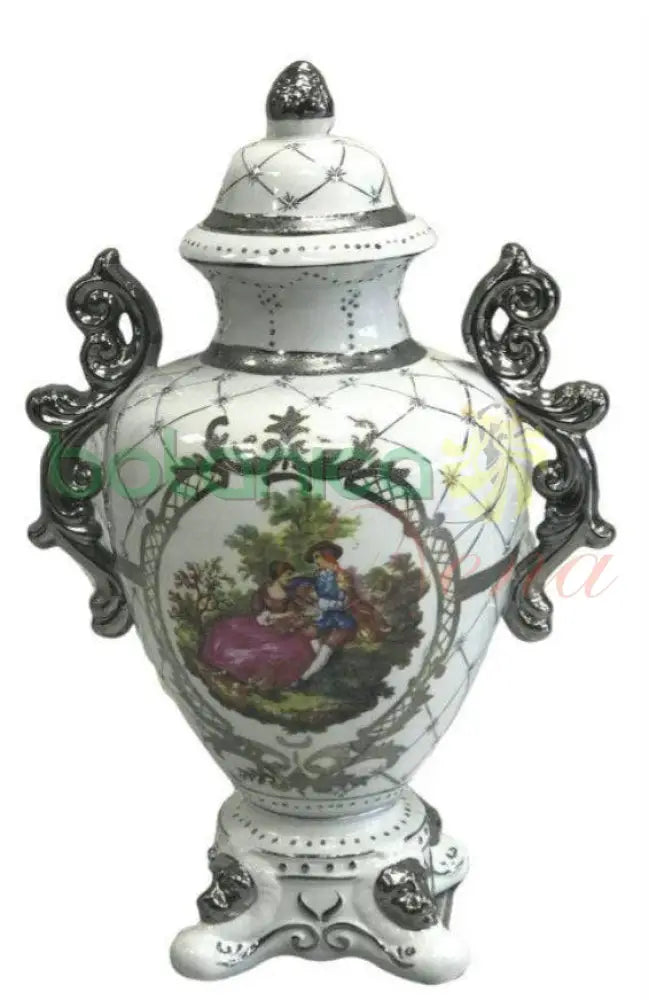
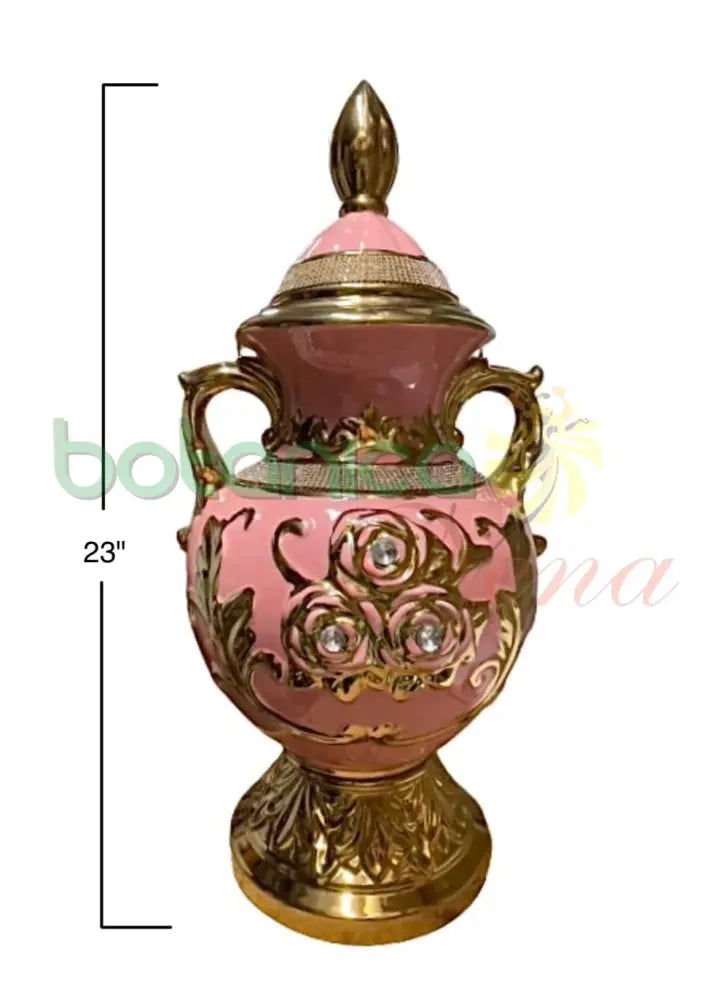
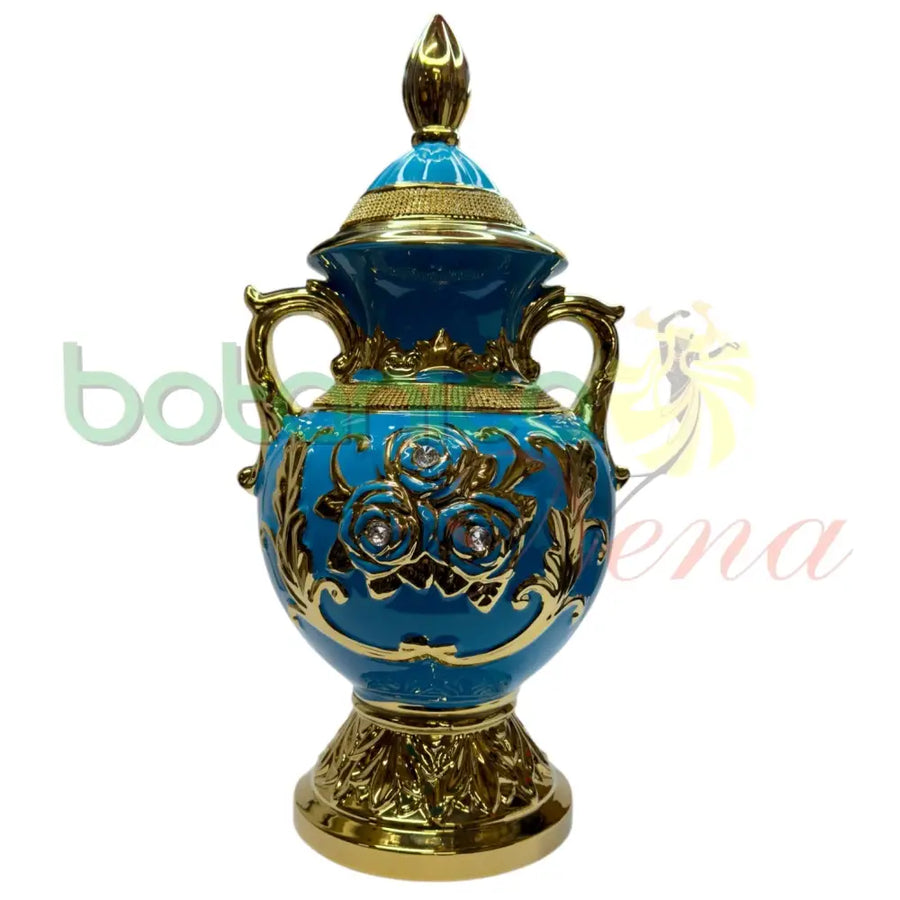
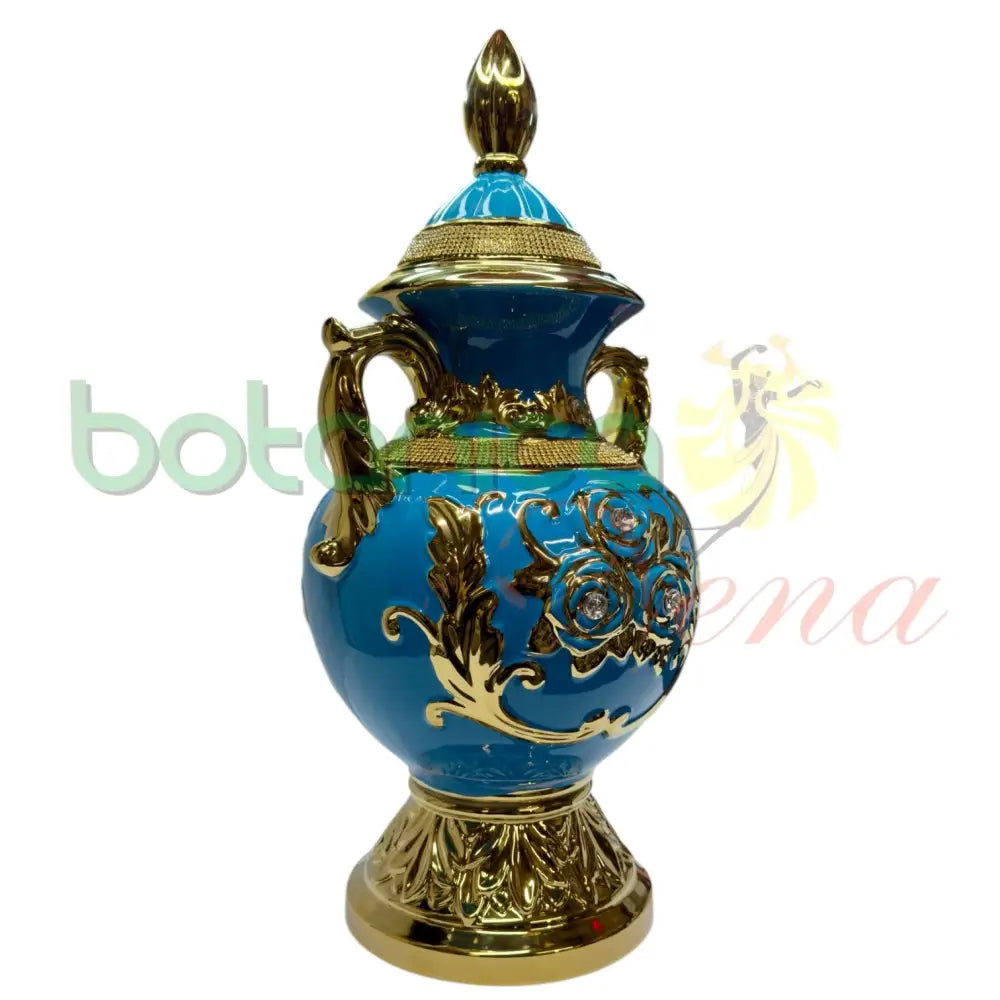
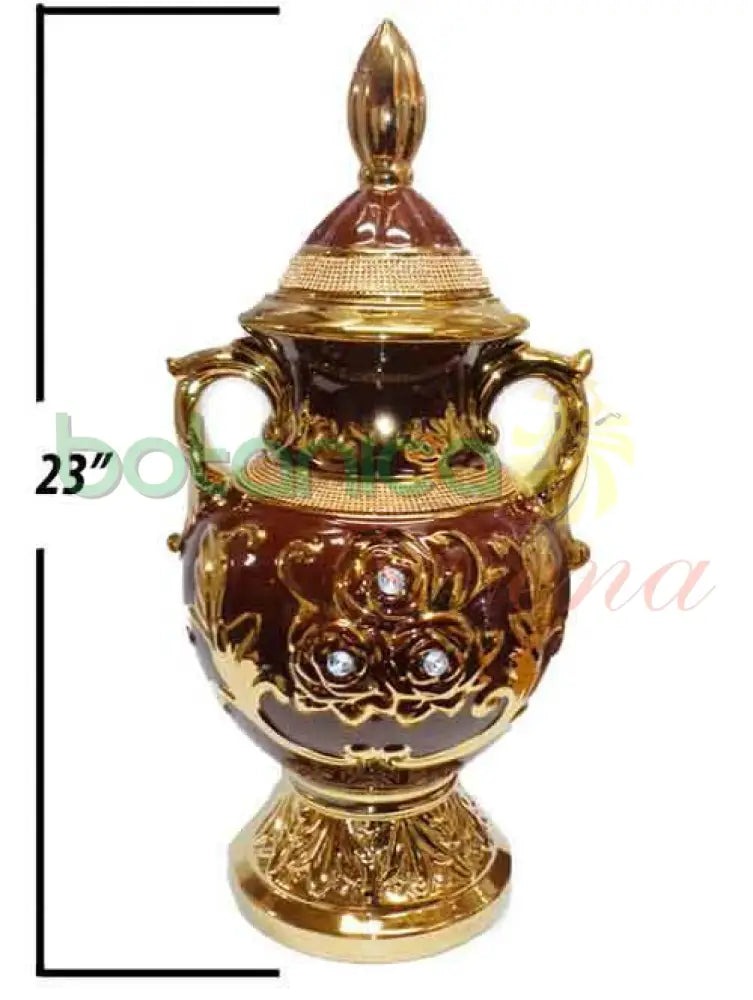
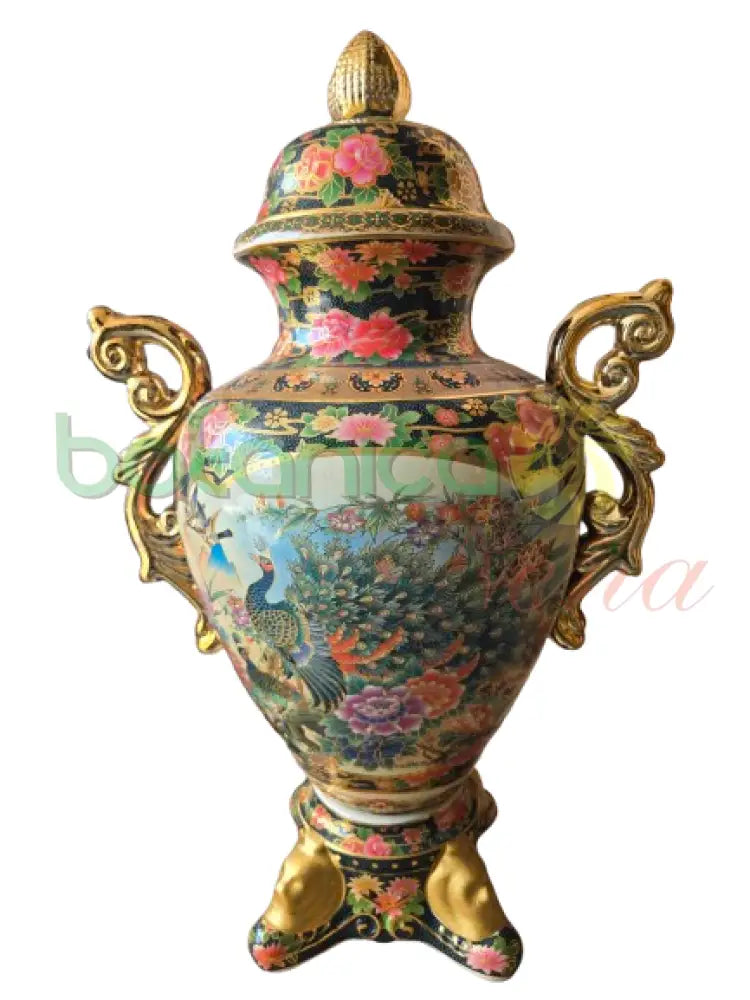
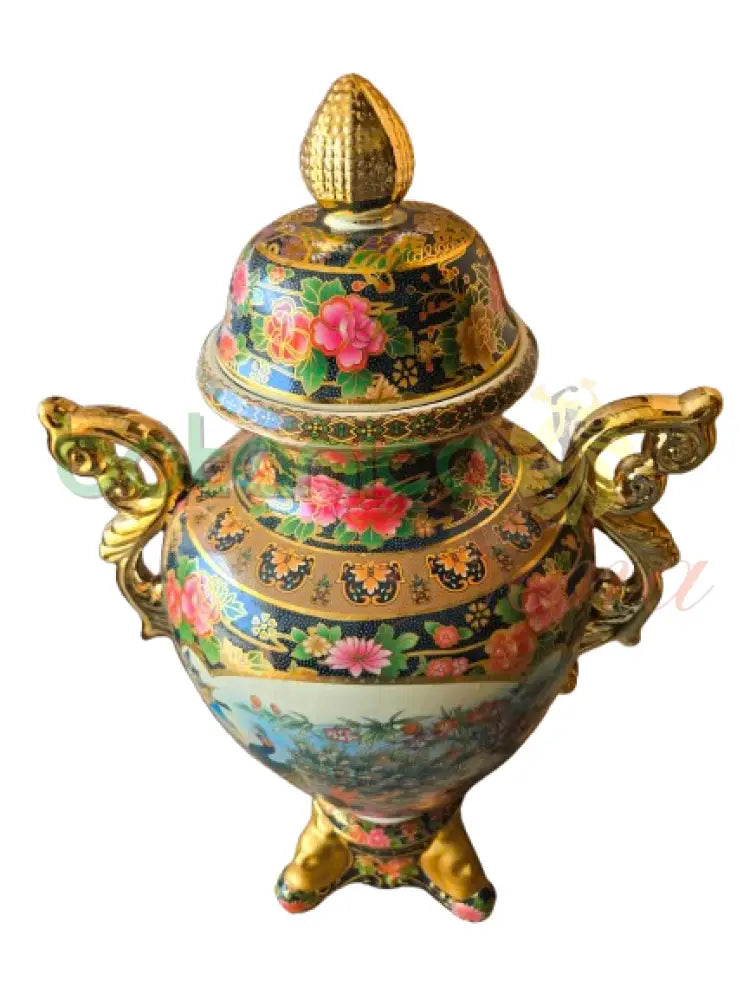
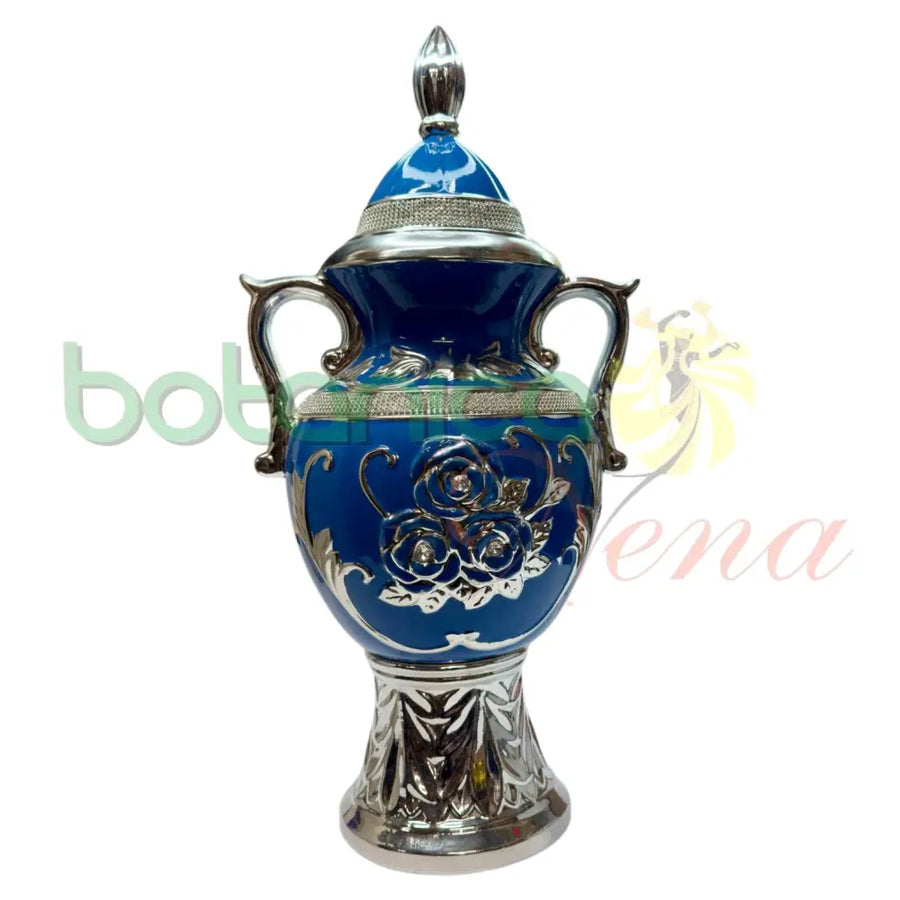
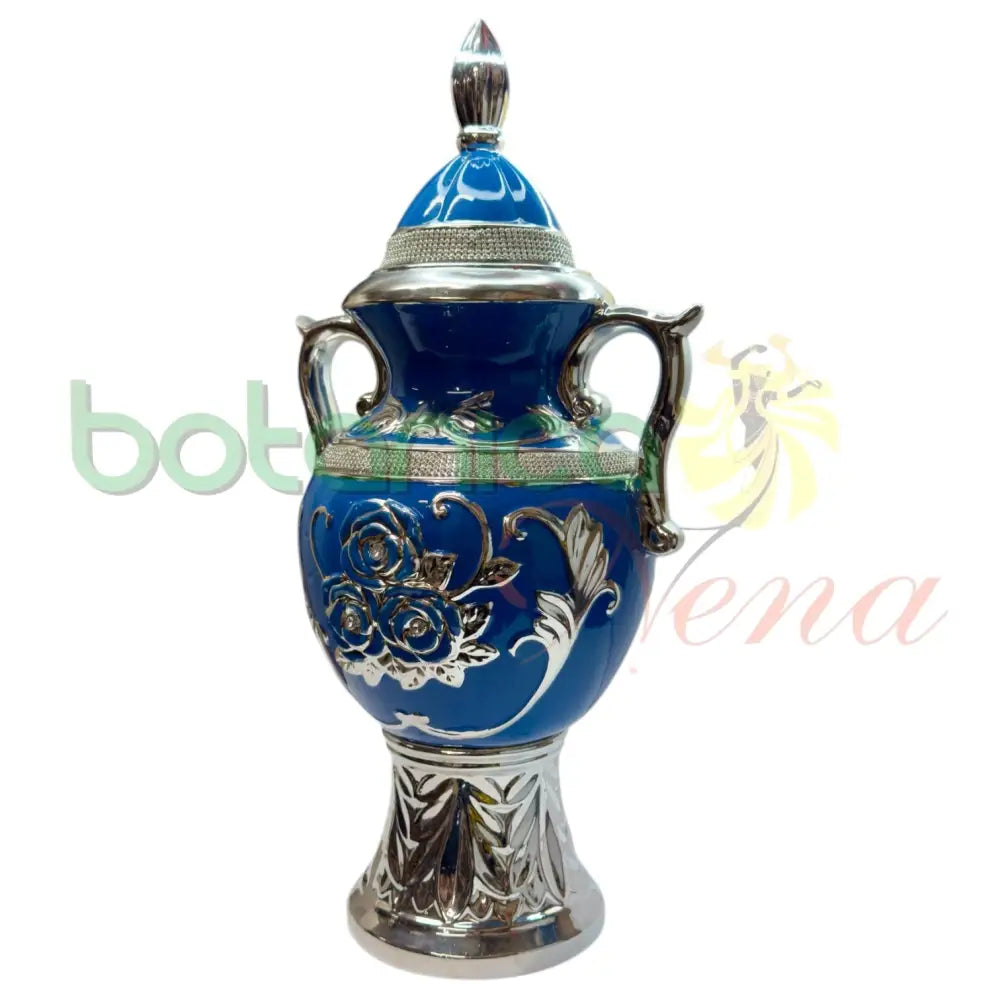
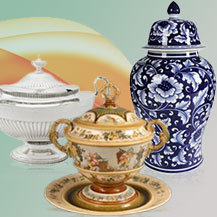
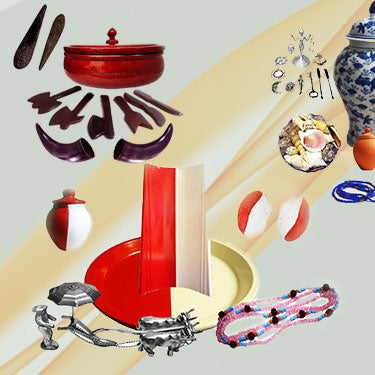
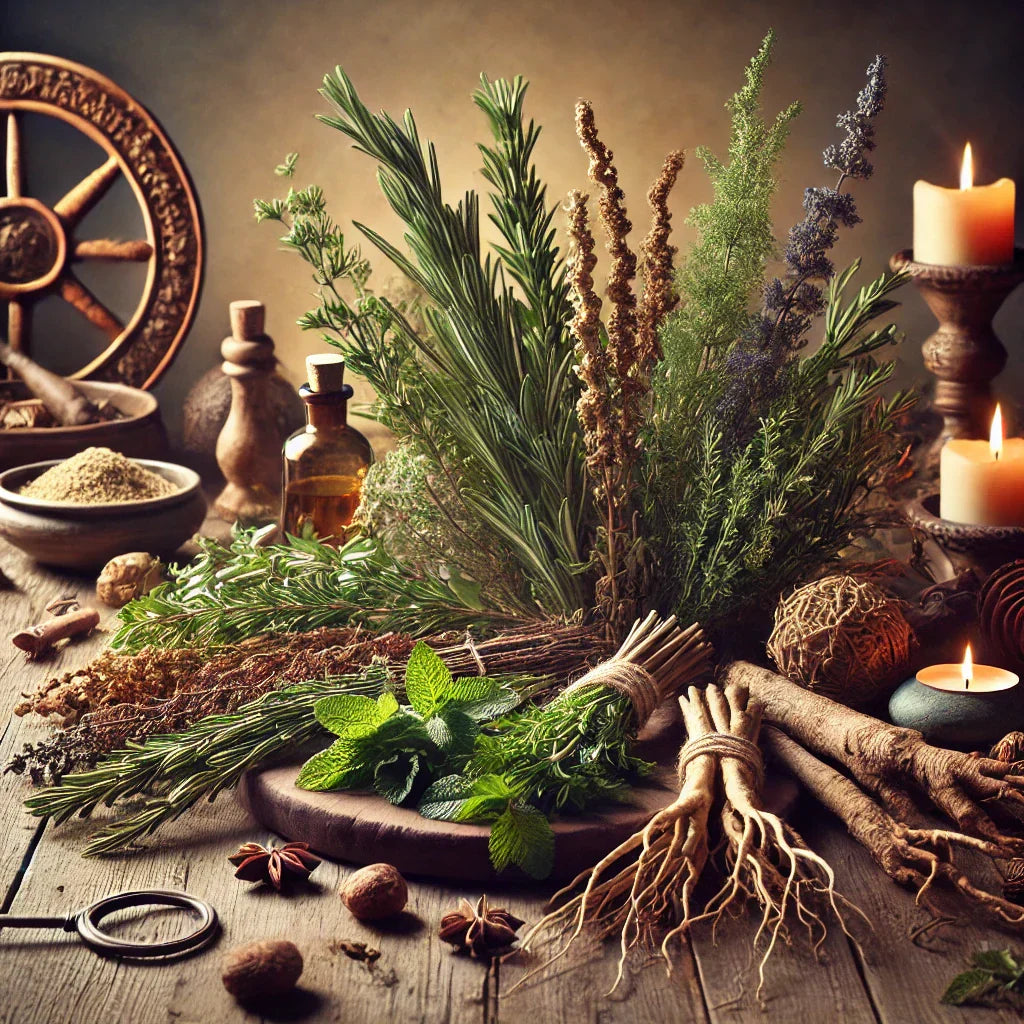

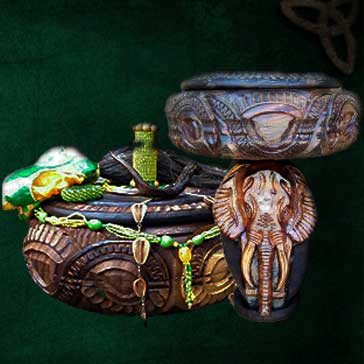

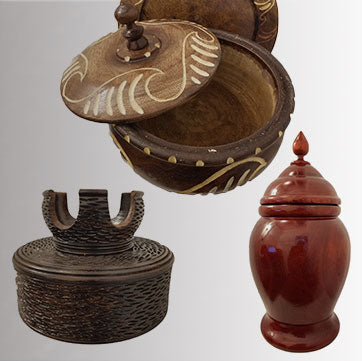
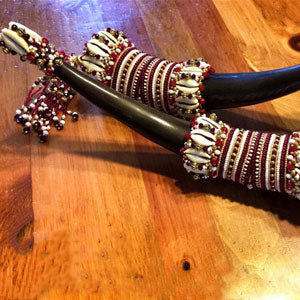


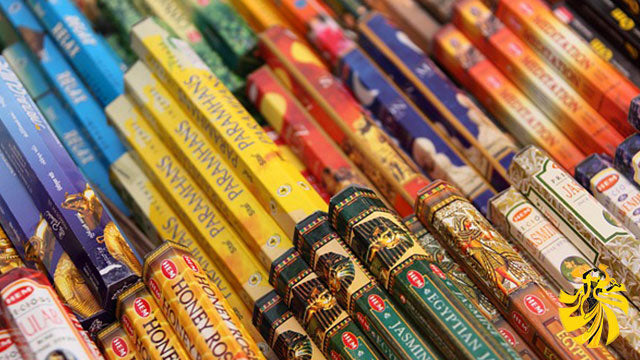
Dejar un comentario